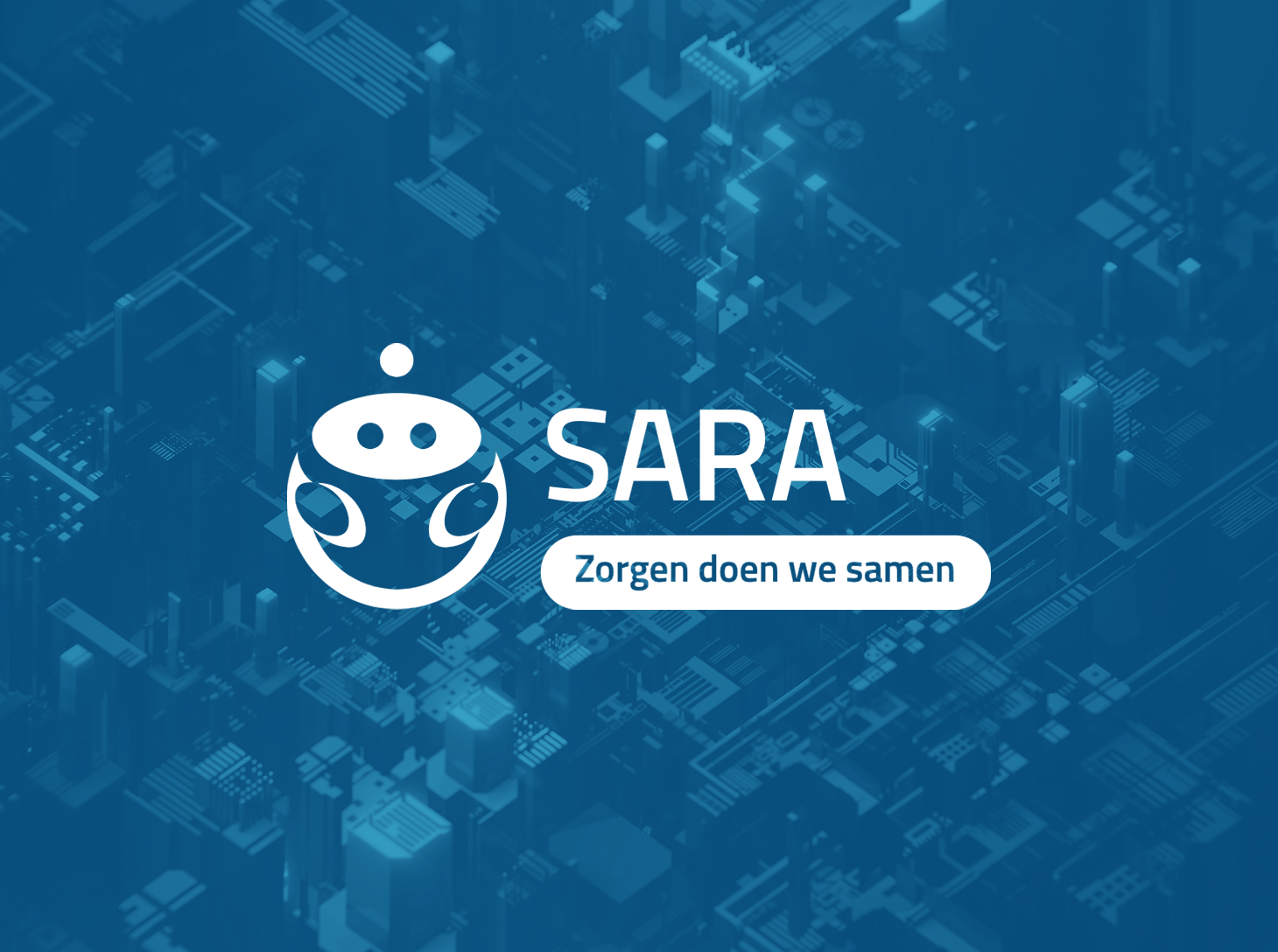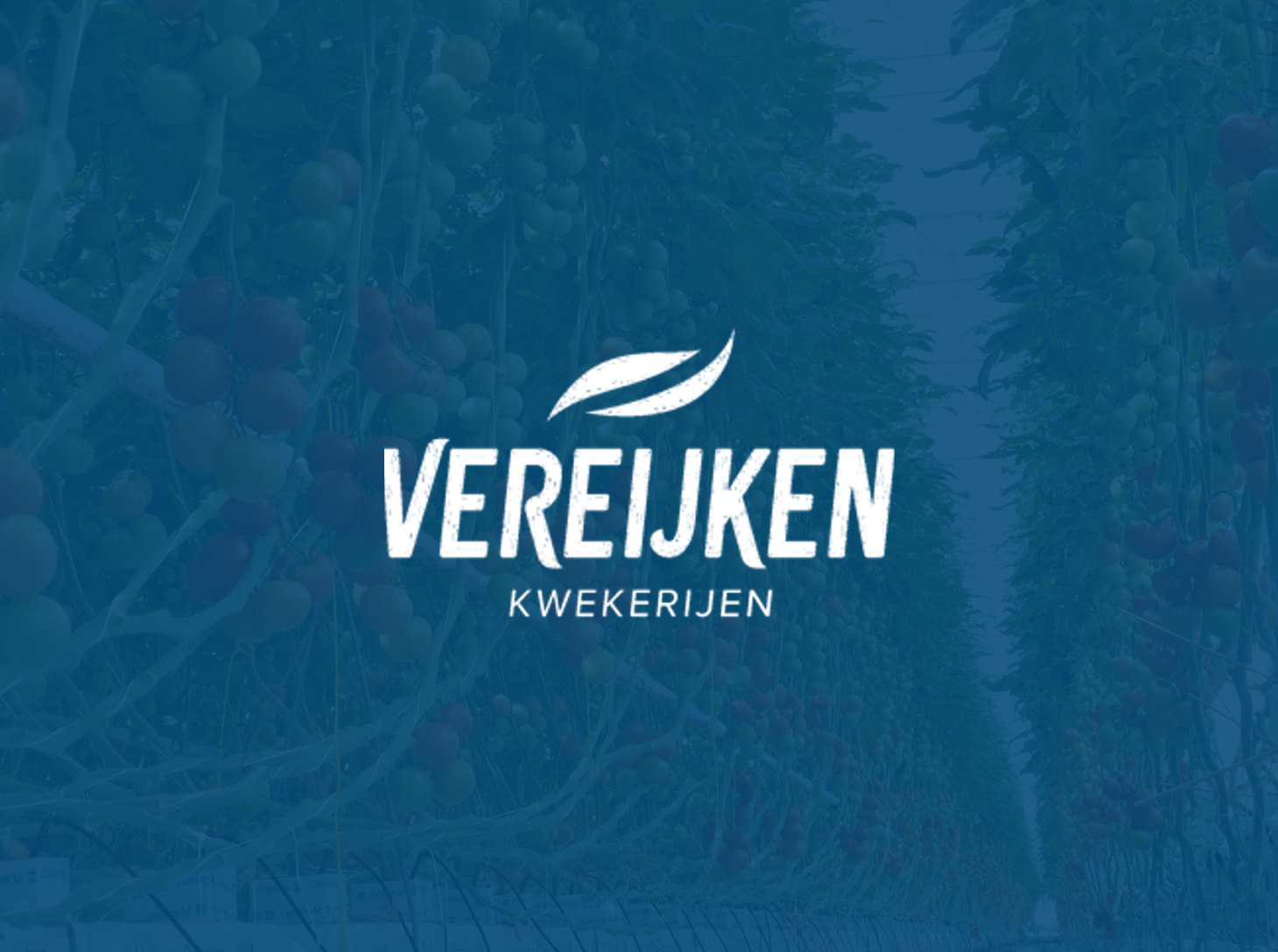To increase the lifespan of these modules, Settels Savenije aims to learn more about the operating behavior of these machines, their failure modes, and the causes of failure. This information can then be used to make a comparison between different suppliers and to improve the equipment.
At the start, Settels Savenije had built multiple test setups to simulate operational field situations and accelerate occurrences of failure modes. The behavior of the equipment is continuously measured by sensors and this data is stored in InfluxDB, a specific database for large volumes of time series data.
In turn, Bright Cape’s responsibility was to process the high volumes of raw sensor data (approx. 216 million datapoints, 7-8 GB, per day) and convert these into useful insights. An understanding of the performance and standard behavior of the equipment could be achieved via an extensive set of performance metrics, which are properties or characteristics of the observed measurements.
These metrics are calculated using advanced analytics and displayed in several dashboards to enable daily monitoring and failure analysis. A so-called task analysis was used to align the user interface of these dashboards with the tasks performed by the end-users. Here, the goal, scope, (sub)tasks, and type of visualizations were defined in close collaboration with Settels Savenije’s engineers.



